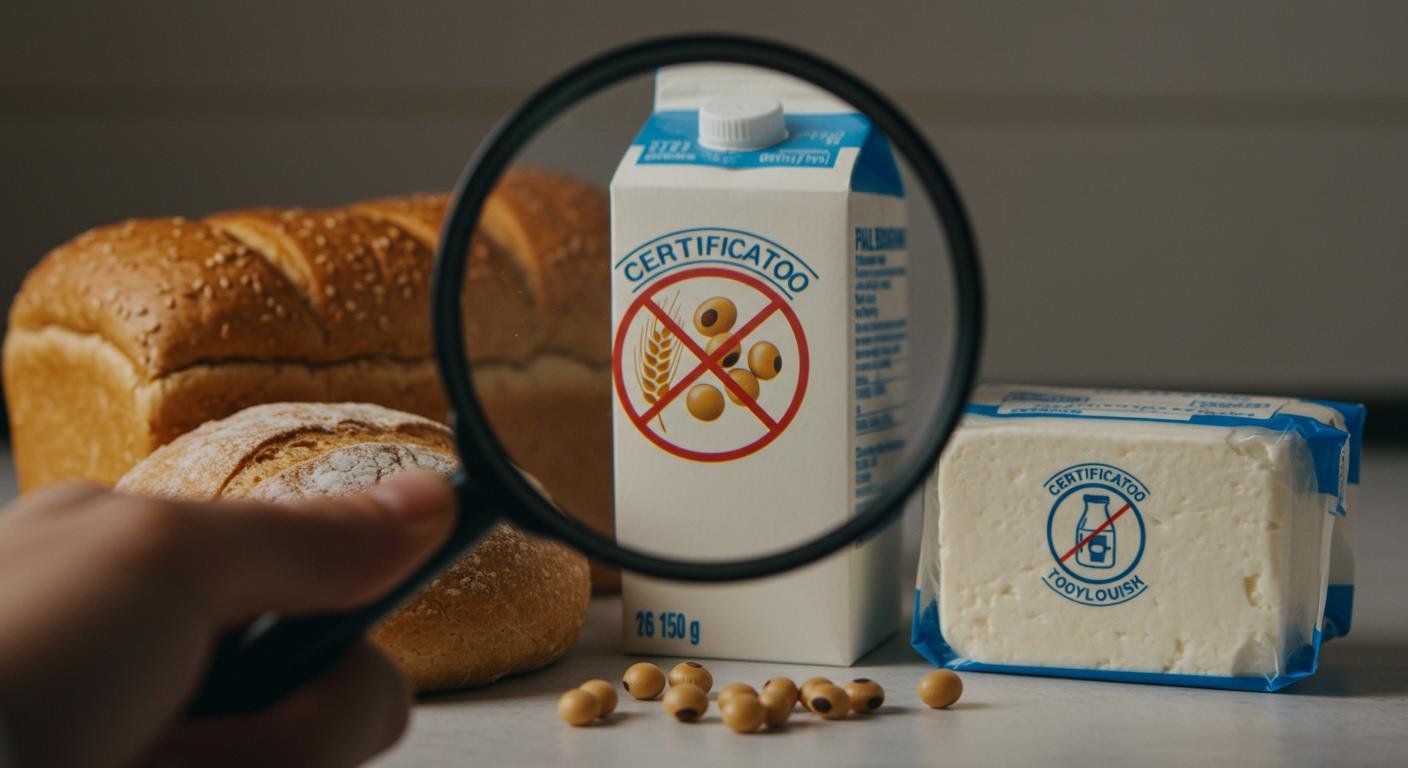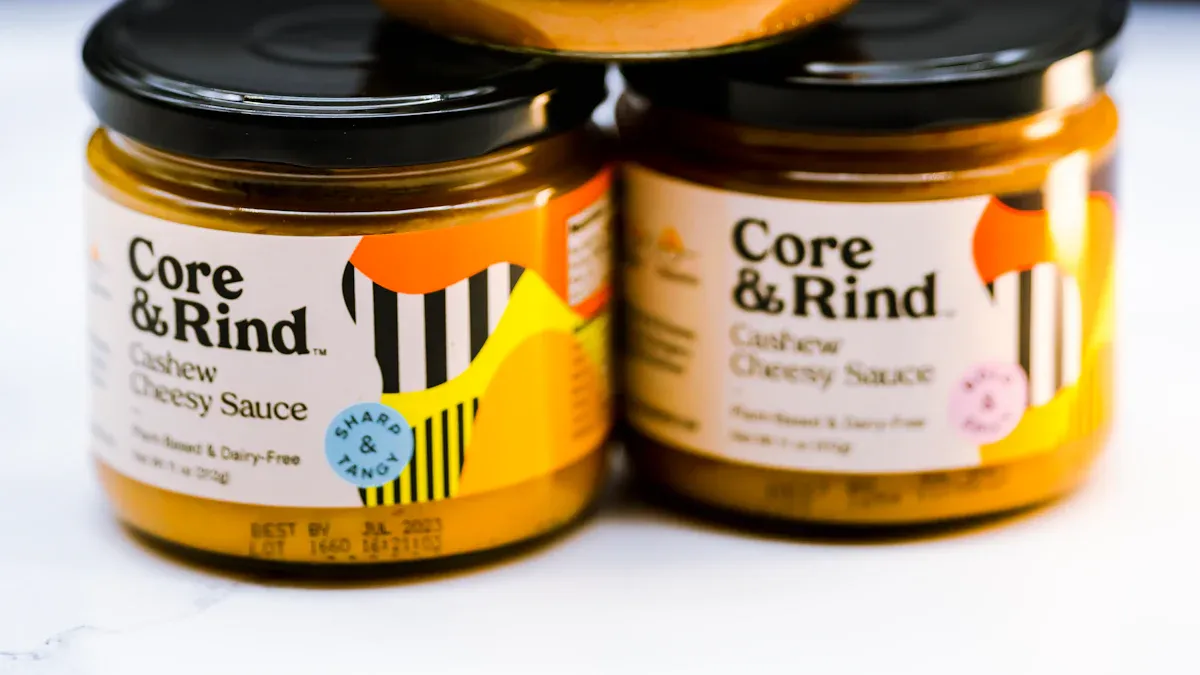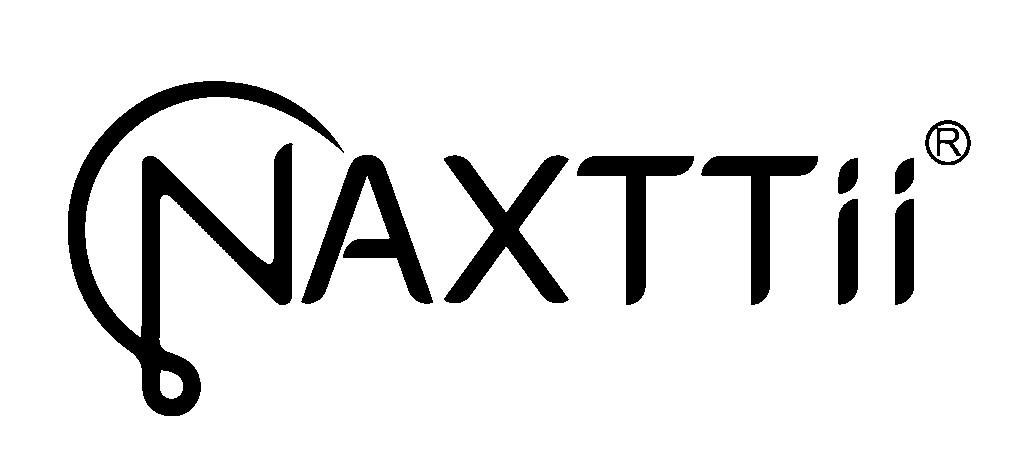Decoding Gluten-Free, Soy-Free, Dairy-Free Seals
Table of Contents

In 2025, gluten-free, soy-free, and dairy-free seals represent a critical safety commitment from manufacturers. The global market for gluten-free foods is estimated to be USD 92.4 billion. This growth is driven by health trends and rising diagnoses of conditions like celiac disease. The FDA enforces strict gluten-free labeling guidelines. A product with a gluten-free claim must contain less than 20 parts per million (ppm) of gluten. Soy and dairy certifications rely on rigorous protein testing to prevent cross-contamination. These standards help the more than 70% of consumers with allergies find safe products.
A certified gluten-free seal on gluten-free products offers higher assurance than simple marketing claims. This gluten-free certification shows a manufacturer’s dedication to transparency for people on a gluten-free diet. A certified label on products helps celiac patients trust the food labeling.
These guidelines and certifications help consumers distinguish between trustworthy labels and simple text on packaging. The goal is to make shopping safer and easier.
UNDERSTANDING GLUTEN-FREE LABELING

Understanding gluten-free labeling is essential for anyone on a gluten-free diet. The global market for gluten-free products continues to grow, with projections reaching USD 13.67 billion by 2030. This growth highlights the need for clear and trustworthy labeling guidelines. For individuals with celiac disease, consuming gluten triggers an immune response that damages the small intestine. This can lead to severe health issues, including malnutrition and an increased risk of certain cancers. Clear gluten-free labeling helps prevent accidental gluten exposure.
The FDA’s 20 PPM Gluten-Free Rule
The U.S. Food and Drug Administration (FDA) provides strict gluten-free guidelines. A product with a “gluten-free” label must contain less than 20 parts per million (ppm) of gluten. The FDA established this threshold because it is the lowest level that scientific tools can reliably detect. This standard is considered safe for most people with celiac disease. To enforce these guidelines, the FDA uses scientifically validated testing methods. These methods, such as the sandwich ELISA tests, detect gluten proteins in products. However, these tests are not effective for fermented or hydrolyzed foods, so manufacturers of such products must use other ways to ensure their gluten-free status.
Certified Gluten-Free vs. Self-Claims
While any gluten-free claim on a package must meet FDA rules, some manufacturers seek third-party certification for a higher level of assurance. These gluten-free certification programs often have stricter standards.
Good to Know: A simple “gluten-free” text on a package is an FDA-regulated claim. A certified gluten-free seal shows the product has passed extra verification steps.
- Gluten-Free Certification Organization (GFCO): This organization requires all certified gluten-free products to contain 10 ppm or less of gluten. Their process includes annual plant audits and ongoing testing of products to prevent cross-contamination.
- NSF International: This group certifies products to the FDA’s standard of less than 20 ppm of gluten. Their rigorous process involves product reviews, onsite inspections, and lab testing to verify the gluten-free claim.
These certified labels show a company’s deep commitment to safety beyond basic food labeling requirements.
Finding Safe Gluten-Free Products
Finding safe gluten-free products requires careful label reading. An FDA-regulated gluten-free claim means the product meets the legal standard. However, for the highest confidence, shoppers should prioritize products with a certified gluten-free seal. This certification confirms the manufacturer has taken extra steps to prevent gluten contamination. Always use the ingredient list and allergen warnings as a final check. Gluten can hide in many products, including sauces, sausages, and even some veggie burgers. A consistent habit of checking all labels on gluten-free foods helps ensure a safe gluten-free diet for celiac patients and others avoiding gluten. This makes finding truly gluten-free products easier.
DECODING SOY-FREE CERTIFICATIONS
Soy is one of the major food allergens recognized by the FDA. A soy allergy can cause various symptoms, from hives and stomach cramps to difficulty breathing. While less common than milk allergies, soy allergies affect approximately 3 out of every 1,000 adults. Clear labeling on products is essential for safety. Unlike the specific rules for a gluten-free claim, the FDA has not set a parts-per-million (ppm) threshold for “soy-free” labeling.
Defining ‘Soy-Free’
The term ‘soy-free’ on a food label means the product does not contain soy protein. The FDA requires manufacturers to list major allergens like soy. However, there are no federal guidelines defining a maximum contamination level for a soy-free claim, which differs from the strict <20 ppm rule for gluten. Therefore, a soy-free certification relies on advanced testing to confirm the absence of allergenic soy proteins. This process helps prevent accidental cross contamination and protects consumers. For people with celiac disease on a gluten-free diet, the rules are more defined than for soy allergies.
Trustworthy Soy Certifications
Trustworthy soy-free labels come from third-party organizations that verify a manufacturer’s claims. These groups use rigorous methods to ensure products are safe.
Testing for Safety: Certifiers use advanced scientific tests like ELISA (enzyme-linked immunosorbent assays) to detect even tiny amounts of soy protein. This helps prevent cross contamination during production.
A certified seal shows a company’s commitment to safety beyond basic food labeling requirements. This certification process often includes facility audits and regular product testing to prevent contamination. It provides a higher level of assurance than a simple text claim on a package, similar to how a certified gluten-free label offers more confidence than just a gluten-free statement. These certified gluten-free products and soy-free products give consumers peace of mind.
The Refined Soy Ingredient Exception
Shoppers may find soy-derived ingredients in some products still considered safe for many with soy allergies. The FDA exempts highly refined soybean oil and soy lecithin from allergen labeling requirements. The refining process removes nearly all the protein that triggers allergic reactions. Crude soybean oil contains 100-300 mg/kg of protein, but fully refined oil has at least 100 times less. Because the allergenic protein is virtually gone, most allergists do not advise patients to avoid these ingredients. This is a key difference from a strict gluten-free diet, where all sources of gluten must be avoided by those with celiac disease.
NAVIGATING DAIRY-FREE CERTIFICATIONS

The market for dairy alternatives is growing rapidly, with projections showing its value will reach USD 38.51 billion in 2025. This growth makes understanding dairy-free labeling more important than ever. For people with a milk allergy, avoiding dairy proteins is a medical necessity, not a lifestyle choice. Clear labels on products are essential for their safety.
Dairy-Free vs. Lactose-Free
Many consumers confuse “dairy-free” with “lactose-free,” but they mean very different things. A dairy-free claim means a product contains no milk proteins, such as casein or whey. A milk allergy is an immune system response to these proteins. Lactose intolerance, however, is a digestive issue caused by the inability to break down milk sugar (lactose).
| Condition | Immune System Response |
|---|---|
| Milk Allergy | Immune-mediated reaction to milk proteins, sometimes involving IgE antibodies |
| Lactose Intolerance | Non-immune-mediated; inability to digest lactose due to lactase enzyme deficiency |
Some products, like Lactaid milk or certain protein shakes, are lactose-free but still contain milk proteins. These products are safe for someone with lactose intolerance but dangerous for someone with a milk allergy. This is a key distinction for shoppers. The diligence required is similar to that for celiac disease, where avoiding all gluten is critical.
What to Look for in Dairy-Free Seals
Finding truly safe dairy-free products involves looking for trustworthy certification. The FDA is improving its guidelines. A 2025 update expands the definition of “milk” to include sources beyond cow’s milk, requiring labels to specify the animal, such as “goat milk.” This makes third-party certified seals even more valuable.
Pro Tip: A “Certified Vegan” label is a good starting point, as these products do not contain animal ingredients. However, these guidelines may allow for shared equipment if cleaning procedures are in place, which can still pose a cross contamination risk.
For the highest assurance, look for a dedicated “Certified Dairy-Free” seal. Organizations like ACS USA provide this certification. Their process requires:
- Complete absence of dairy ingredients
- Validated cleaning processes or dedicated production lines
- Regular testing for dairy protein residues
This is similar to how a certified gluten-free label provides more confidence than a simple gluten-free claim for celiac patients. These certified products offer the best protection against accidental contamination. The standards for gluten-free foods have set a high bar.
Understanding ‘May Contain’ Warnings
Shoppers often see phrases like “may contain milk” or “made in a facility that also processes dairy.” The FDA does not regulate these precautionary statements. They are voluntary warnings from manufacturers about potential cross contamination. Because these labels are not standardized, their meaning can vary. For individuals with severe milk allergies, it is often safest to avoid these products entirely. This careful approach helps prevent exposure, much like how people with celiac disease must scrutinize gluten-free products to avoid any trace of gluten. The FDA guidelines for gluten-free labeling are much clearer than the voluntary system for these warnings.
Third-party certified seals offer the highest safety for gluten-free products. The FDA provides clear labeling guidelines. Shoppers can follow this checklist to find safe products.
Your Shopping Checklist
- Prioritize recognized certified marks over plain text on gluten-free products. This ensures the gluten-free products meet strict standards for gluten.
- Understand the standard behind the label. The FDA guidelines allow 20 ppm of gluten, but some seals require less gluten. This is key for gluten-free labeling.
- Always check ingredient labels. This final check helps avoid gluten contamination and confirms the product is truly gluten-free and free of gluten, gluten, gluten, gluten, and gluten.
FAQ
### Why are some gluten-free products not certified?
Some gluten-free products lack a certified seal. These gluten-free products still follow FDA rules for gluten-free labeling. A gluten-free claim means the product has less than 20 ppm of gluten. This gluten-free food avoids gluten. Many gluten-free foods contain no gluten. This gluten-free choice is safe from gluten.
### Is ‘wheat-free’ the same as ‘gluten-free’?
No. A wheat-free product can still contain gluten. Gluten comes from wheat, barley, and rye. A gluten-free product avoids all sources of gluten. Always look for the specific gluten-free claim on labels. A gluten-free diet requires avoiding all gluten. This gluten-free food has no gluten.
A gluten-free lifestyle means no gluten. Many gluten-free options exist. These gluten-free products help people avoid gluten. This gluten-free choice is important. This gluten-free food has no gluten. This gluten-free option is safe from gluten. This gluten-free food has no gluten.
### What makes a gluten-free product truly gluten-free?
A gluten-free product is truly gluten-free when it contains less than 20 ppm of gluten. This is the FDA standard for all gluten-free products. This rule ensures the gluten-free item is safe from gluten. This gluten-free choice is important. This gluten-free food has no gluten.
### How do I find safe gluten-free products?
Shoppers find safe gluten-free products by reading the package label. Look for a gluten-free statement. This shows the food has very little gluten. A gluten-free diet needs this care. This gluten-free food has no gluten. This gluten-free choice is safe from gluten. This gluten-free food has no gluten.

Poseidon
Master of Nutritional Epidemiology, University of Copenhagen, Herbal Functional Nutrition Researcher
Focus: The scientific application of natural active ingredients such as Tongo Ali, Horny Goat Weed, and Maca to sexual health and metabolic regulation.
Core Focus:
Men: Use a combination of Tongo Ali (an energizing factor) + Maca (an energy reserve) to improve low energy and fluctuating libido.
Women: Use a combination of Horny Goat Weed (a gentle regulator) + Maca (a nutritional synergist) to alleviate low libido and hormonal imbalances.
Stressed/Middle-Aged Adults: This triple-ingredient synergy supports metabolism, physical strength, and intimacy.
Product Concept:
Based on traditional applications and modern research (e.g., Tongo Ali promotes testosterone-enhancing enzyme activity, and icariin provides gentle regulation), we preserve core active ingredients and eschew conceptual packaging—using natural ingredients to address specific needs.
Simply put: I'm a nutritionist who understands "herbal actives." I use scientifically proven ingredients like Tongo Ali, Epimedium, and Maca to help you make "sexual health" and "nutritional support" a daily routine.
